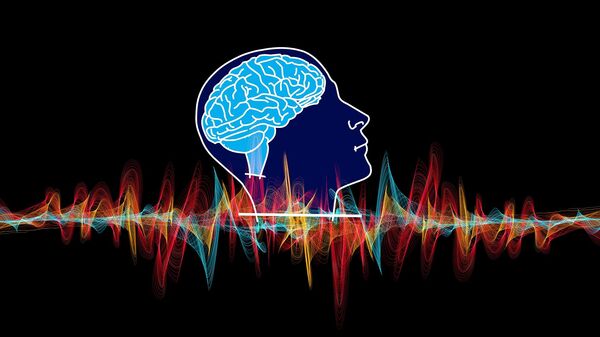Published Monday in the journal Nature Neuroscience, the study details how researchers found a small area in the brains of mice that can control their sense of pain. That area was located in the amygdala, an almond-shaped region inside each cerebral hemisphere of the human brain which is associated with experiencing emotions.
"People do believe there is a central place to relieve pain, that's why placebos work. The question is where in the brain is the center that can turn off pain,” senior author Fan Wang is quoted as saying in a Monday news release.
"Most of the previous studies have focused on which regions are turned ON by pain. But there are so many regions processing pain, you'd have to turn them all off to stop pain. Whereas this one center can turn off the pain by itself.”
Specifically, the scientists found that general anesthesia activated inhibitory neurons in the central amygdala, which the researchers called CeAga neurons. The researchers used technologies to monitor the paths of activated neurons in mice after giving them a mild pain stimulus. They found at least 16 brain centers that process sensory and emotional pain were receiving inhibitory input from the CeAga neurons.
"Pain is a complicated brain response," Wang is quoted as saying in the release. "It involves sensory discrimination, emotion, and autonomic (involuntary nervous system) responses. Treating pain by dampening all of these brain processes in many areas is very difficult to achieve. But activating a key node that naturally sends inhibitory signals to these pain-processing regions would be more robust."
Using a technology called optogenetics, which activates cells in the brain, the researchers were able to “turn off” self-caring behaviors such as face-wiping and paw-licking, which mice resort to when experiencing pain, through the activation of CeAga neurons.
"It's so drastic," Wang said. "They just instantaneously stop licking and rubbing."
The researchers also noticed that after reducing CeAga neuron activity, the mice would again resort to behaviors that demonstrated they were in intense pain. A low-dose of ketamine, an anesthetic drug, was also found to activate the CeAga center.
The researchers are now hoping to take their findings one step further and try to identify a specific surface receptor that can activate CeAga neurons, which could block pain and be used to develop advanced pain-managing drugs.



